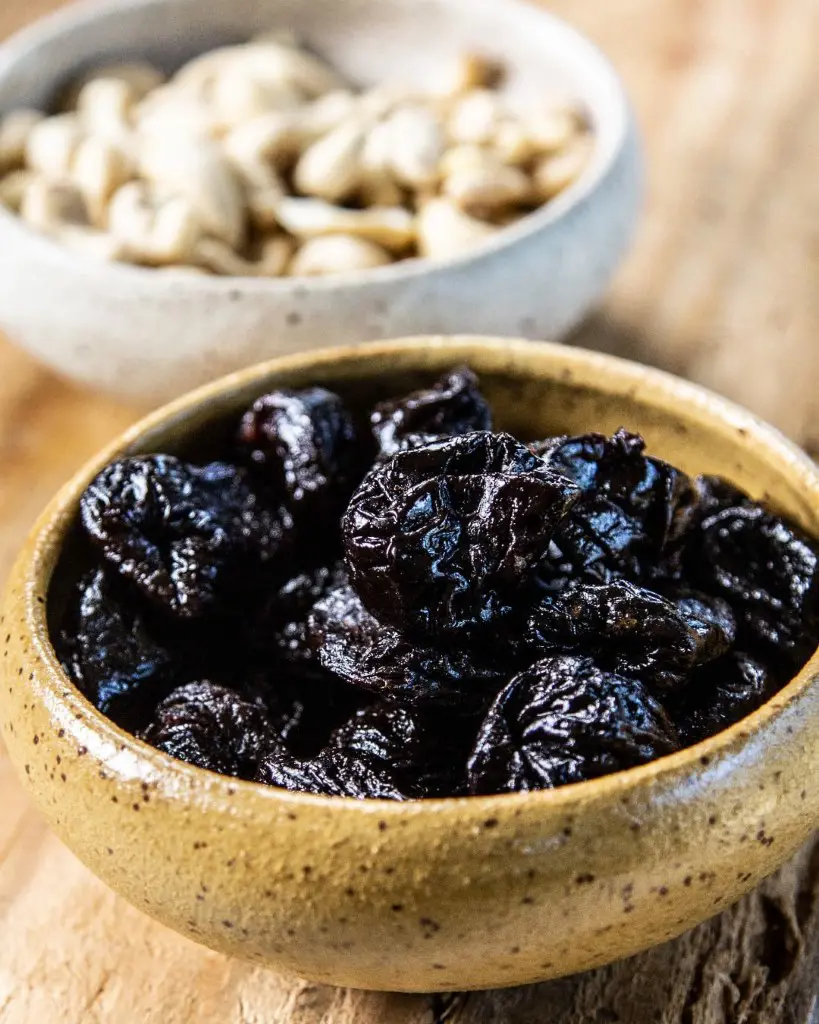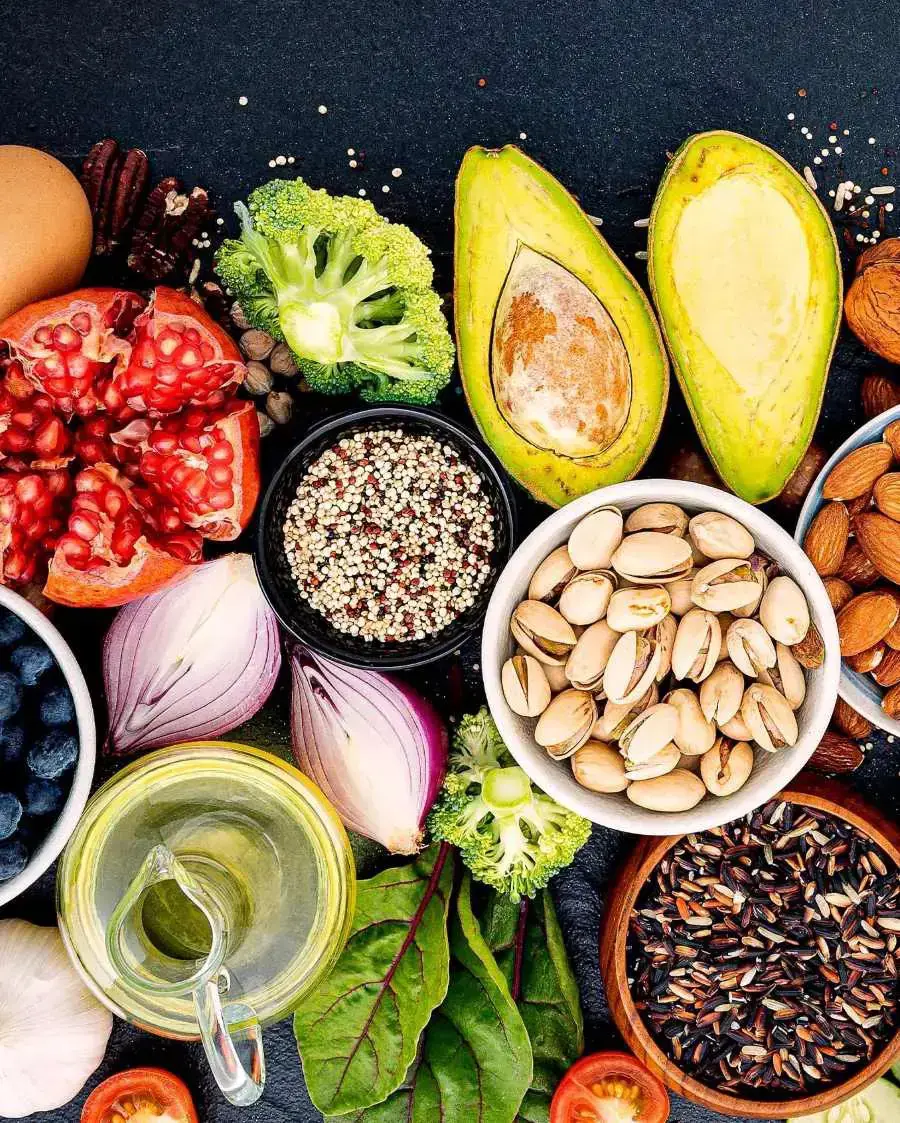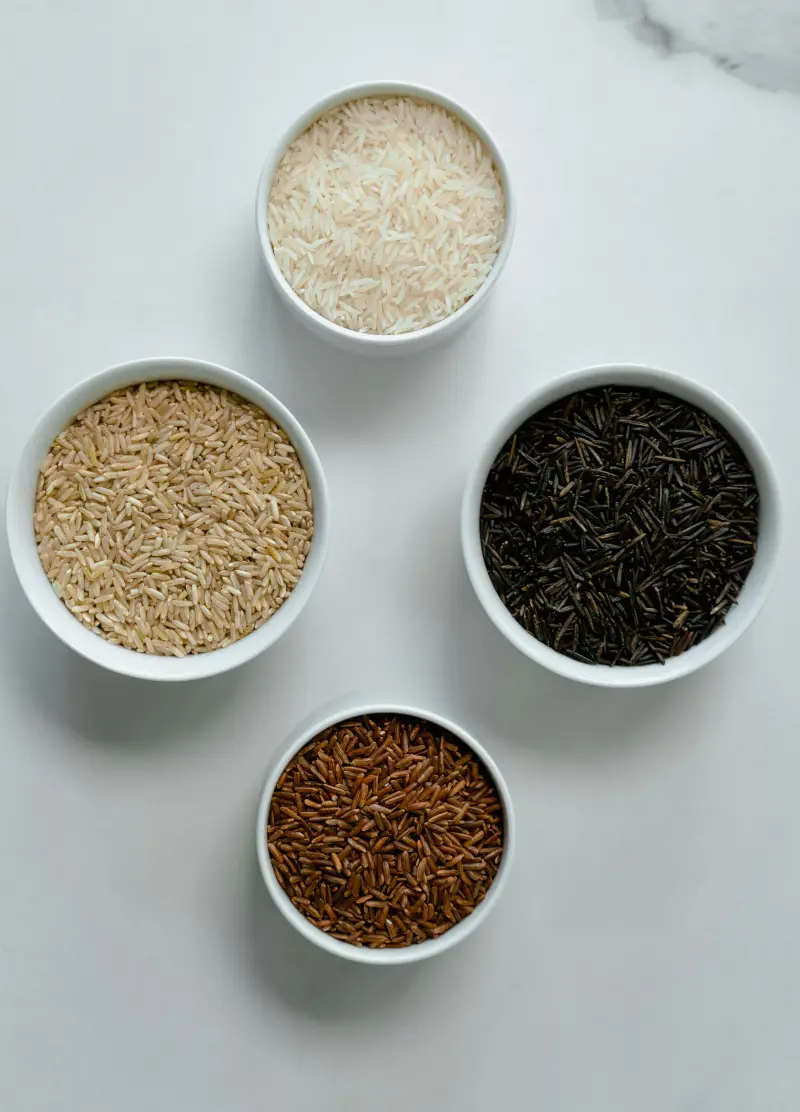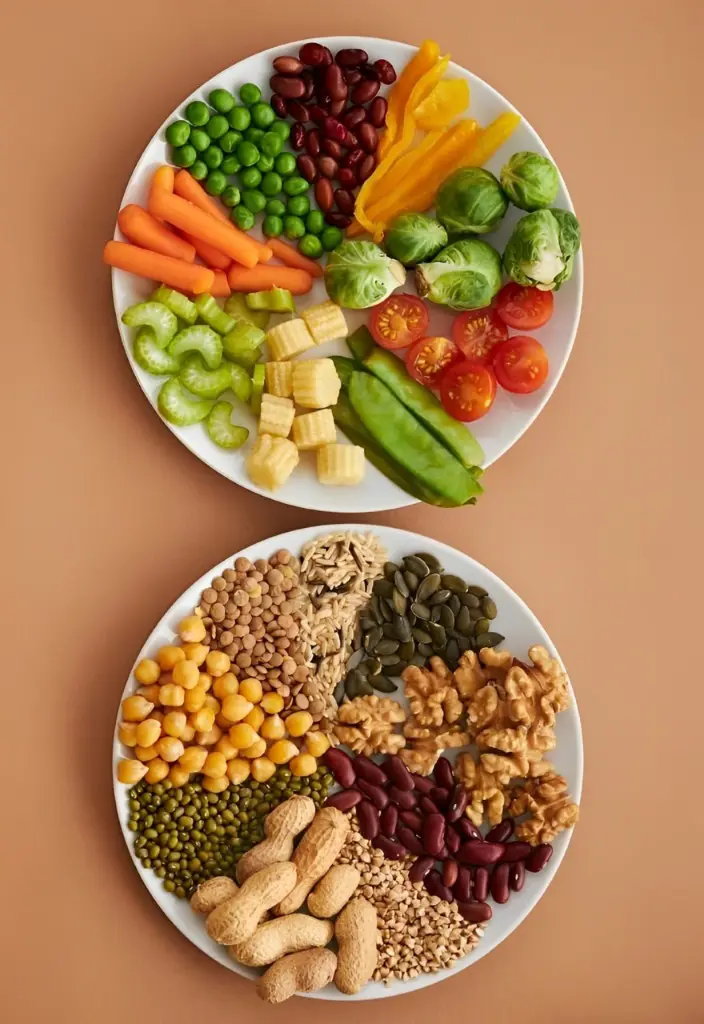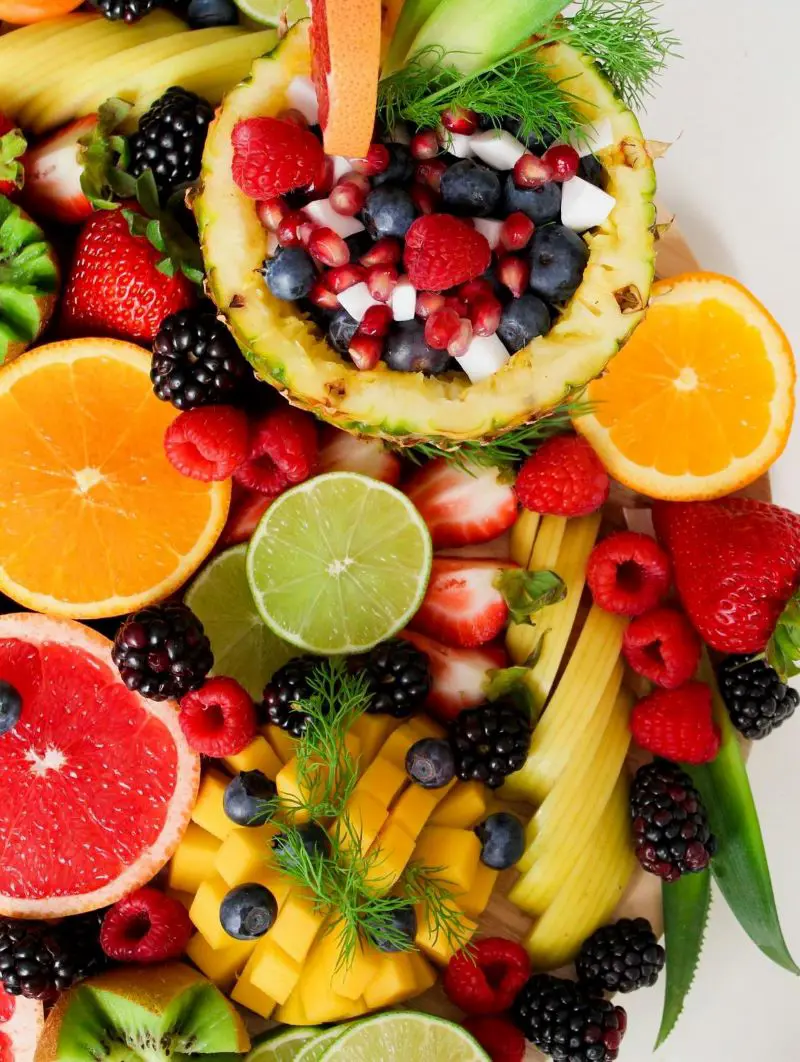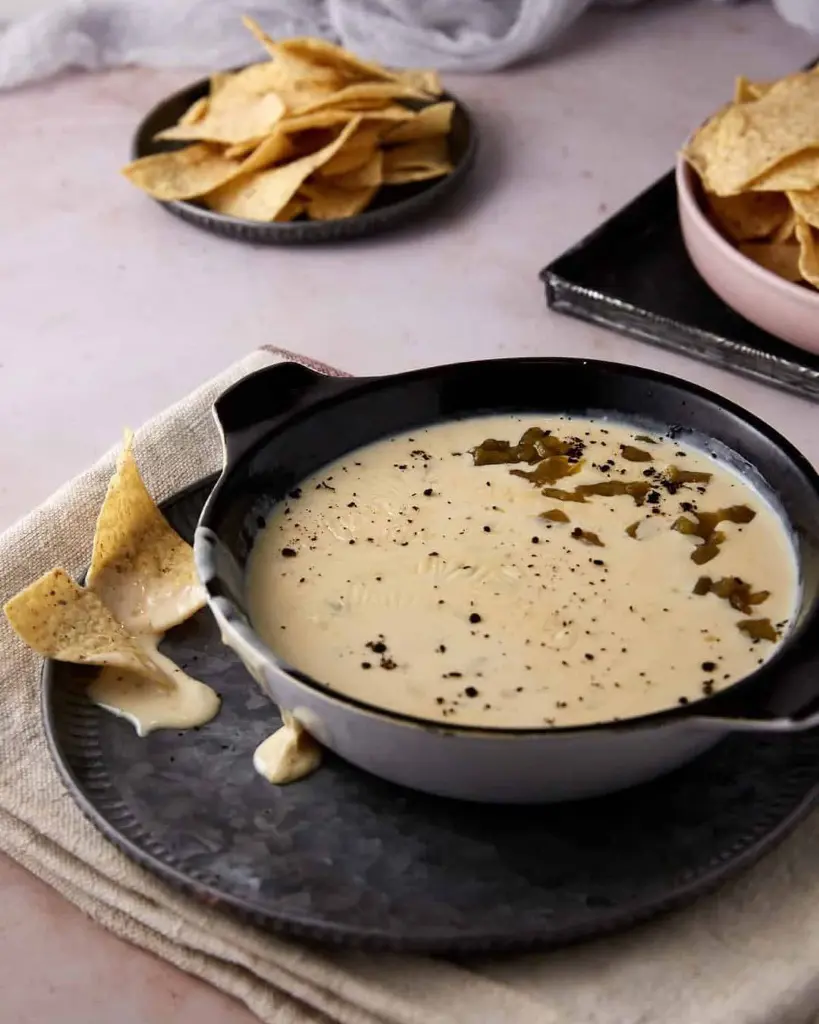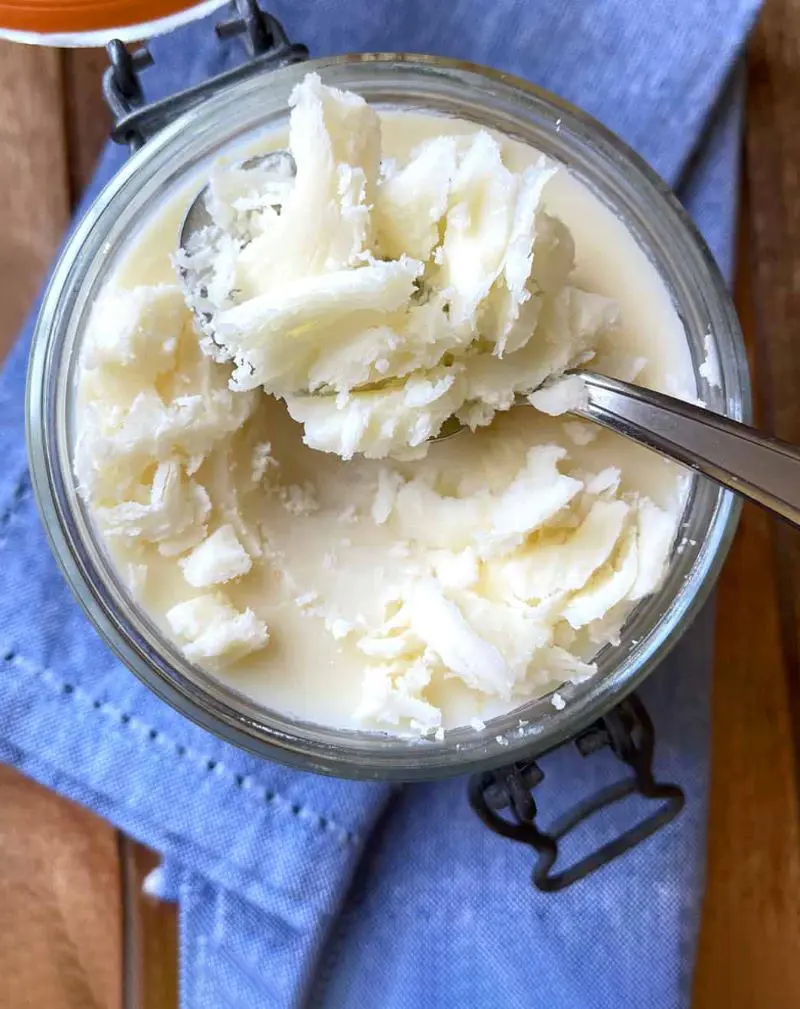Here are 6 major benefits of Vitamin B1 (Thiamine):
1. Energy Production: Thiamine unlocks energy from food by converting carbohydrates into usable fuel (ATP) that powers all your bodily functions.
2. Healthy Nervous System: It's essential for nerve cell health and transmitting signals throughout your nervous system, ensuring proper communication between
3. Brain and Body: Deficiency can lead to nerve damage and problems like tingling or weakness.
4. Brain Function: Your brain relies heavily on thiamine for memory, learning, and concentration. Deficiency can cause confusion, memory problems, and even dementia.
5. Heart Health: Thiamine helps regulate heart rhythm and may prevent heart failure.
6. Overall Metabolism: B1 plays a role in metabolizing not just carbohydrates, but also fats and proteins, ensuring your body uses all its fuel sources efficiently.







